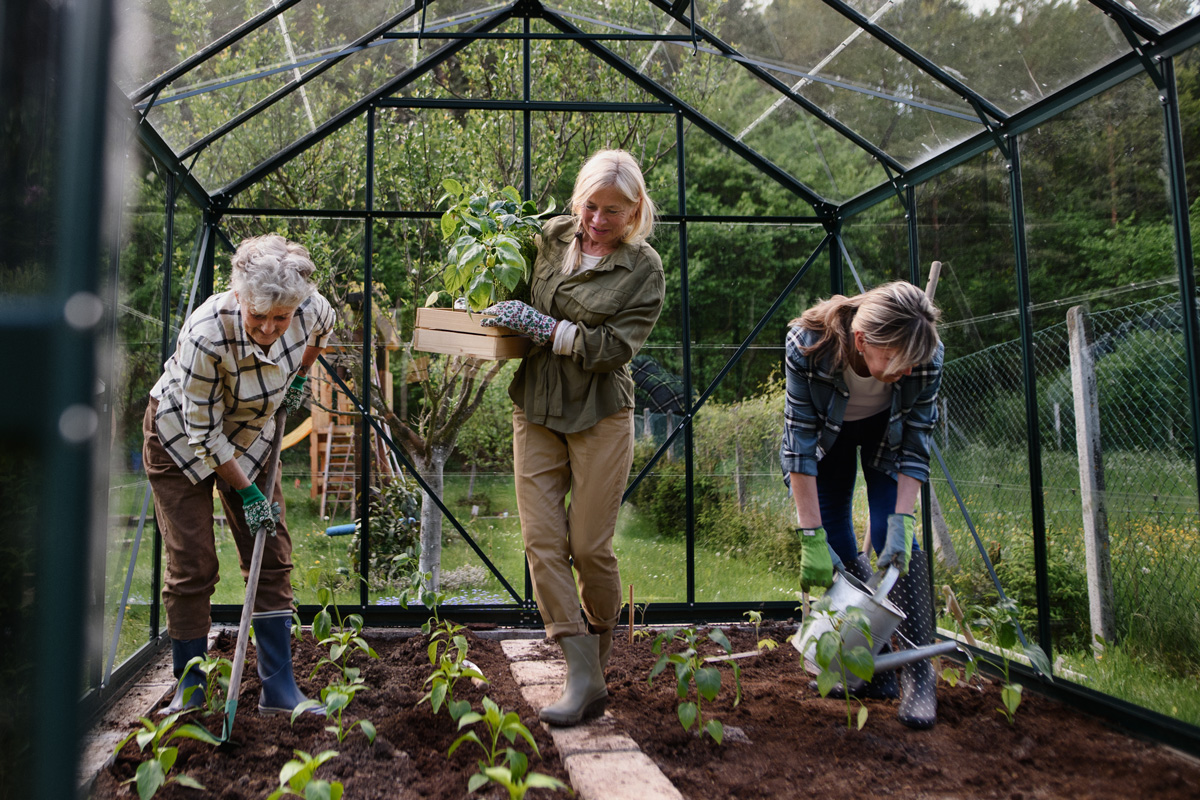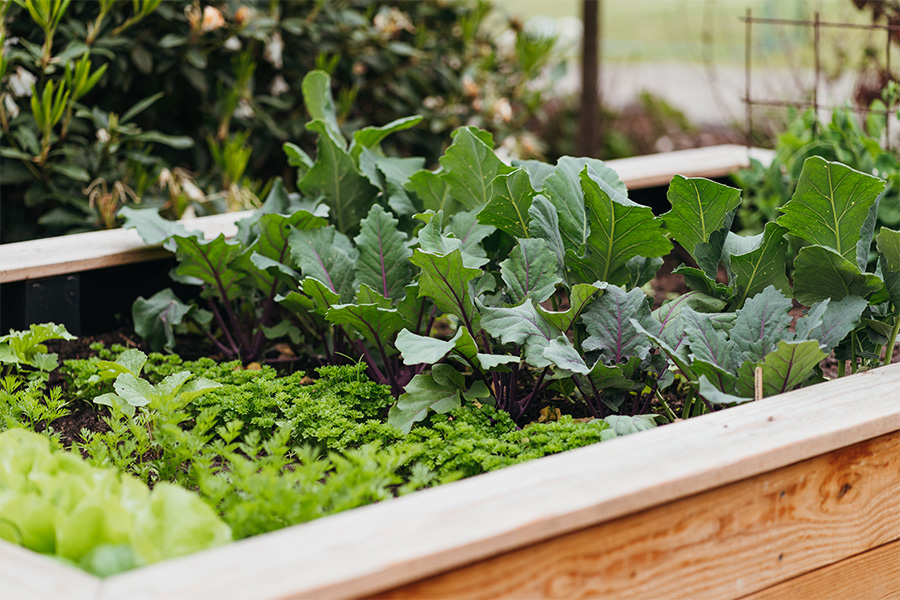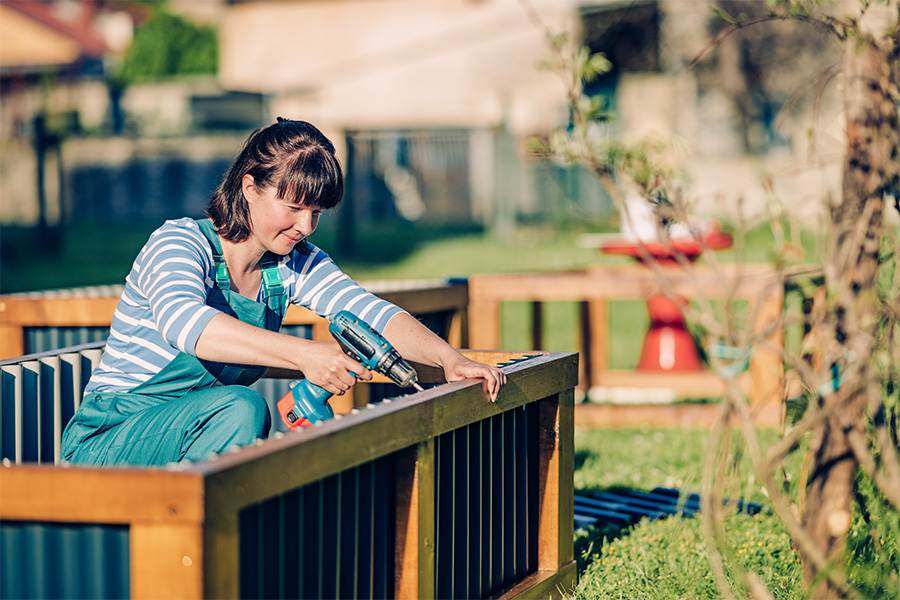Landscaping
-

This publication offers advice on finding less expensive sources of plant material, amendments and tools for community and school gardens.
Bob Westerfield
|
-

C 1027-8
Stocking the Toolshed: Hand Tools
This publication describes the types and quantities of hand tools that work best for community and school gardens, including shovels, rakes, trowels, hand pruners, gloves, children’s tools, and carts and wheelbarrows.
Bob Westerfield and David Berle
|
-

C 1027-1
Planning an Edible Garden
This publication describes three steps for planning a school garden: garden location, soil and terrain, and choosing crops.
Bob Westerfield and David Berle
|
-

C 1027-2
Siting a Garden
This publication provides recommendations for properly siting a school or community garden, taking into account sunlight exposure, water availability, slope, garden access, tool storage, compost bins and other amenities.
Bob Westerfield and David Berle
|
-

C 1027-4
Raised Garden Bed Dimensions
This publication helps determine the ideal dimensions of raised beds for community and school gardens by focusing on three things: materials, slope and accessibility.
Bob Westerfield and David Berle
|
-

C 1027-5
Raised Bed Materials
This publication describes the advantages and disadvantages of various materials used for building raised beds, including types of wood, composite materials, recycled materials, and kits.
Bob Westerfield and David Berle
|
-

C 1027-7
Garden Sheds
This publication provides information about storage sheds for community and school gardens, including local building codes, siting a shed, and alternatives to traditional sheds.
Bob Westerfield and David Berle
|
-

C 1027-9
Garden Fencing
This publication describes options for fencing a community or school garden, including fence types and materials.
Bob Westerfield and David Berle
|
-

C 1027-12
Irrigation
This publication describes irrigation methods suitable for community or school gardens, including overhead sprinklers, hand watering and drip irrigation.
Bob Westerfield and David Berle
|